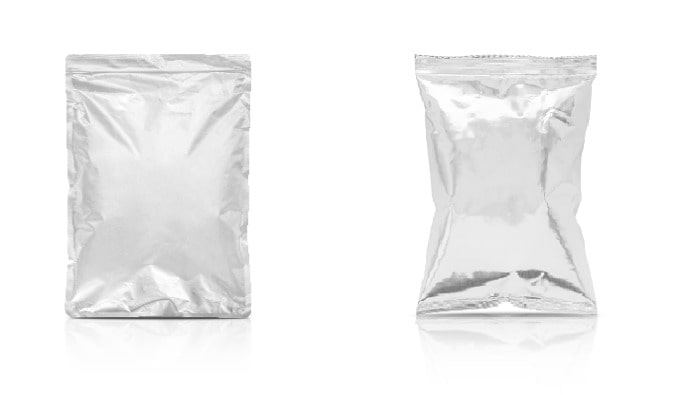
BLOG
KATEGORİDEKİ DİĞER YAZILAR

The most important tasks of packaging are to protect the properties of food during its shelf life, to inform the consumer and to ensure that the product is sold. There are many factors that affect the shelf life of food products in particular. Most importantly, the product/packaging/environment system shows a very dynamic structure.
Unlike glass, metal and paper-cardboard packaging, plastic materials are more permeable to low molecular components such as gases, water vapor, organic vapors and liquids. By knowing the permeability values of plastic materials used in food packaging, the type of material to be used in packaging processes is determined and the quality of the products is maintained throughout the shelf life.
Permeability is a mass transfer event that occurs by transporting some substances dissolved on the polymer surface from the inner atmosphere to the outer atmosphere or vice versa.
The permeability of food packaging to water vapor, light, gas, aroma and odor substances is an important issue to be considered. Oxygen permeability is the factor that causes many chemical, enzymatic and microbiological reactions to start, especially in foodstuffs.
Another important point is water vapor permeability. When foods are kept in an environment where humidity and temperature do not change, they take or give water. In this case, the packaging material to be used must be determined by considering the water vapor permeability.
Light permeability and aroma and fragrance permeability are factors that should be determined and precautions should be taken in advance to prevent the loss of aroma and fragrance flavors in the process until they reach the consumer, as they cause the onset and acceleration of oxidative reactions.
Nanolab Laboratories Group continues to provide services within the scope of Permeability Tests in Packaging. We also provide services in PFAS Analysis.
Contact us for more information.
You can follow us on LinkedIn for up-to-date news and posts about our services.
Follow our Instagram account to be informed about our latest blog posts.